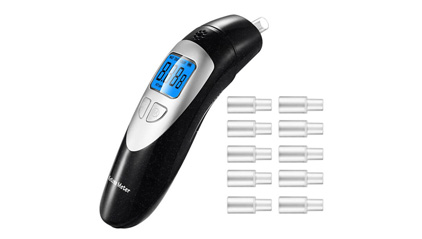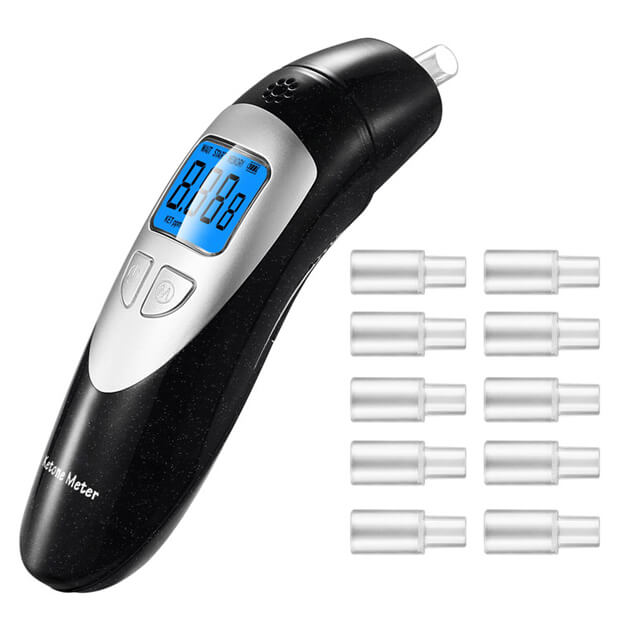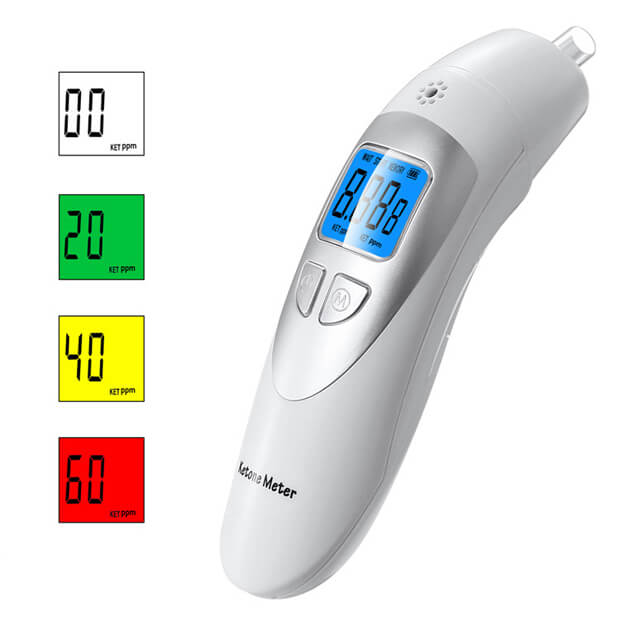How to get into ketosis and how long does It Take?

What is ketosis?

How to get into ketosis and how long does It Take? To put it simply, ketosis is fat metabolism. Normally, your body gets energy from sugar. With the help of oxygen, glucose converts into the energy supplier ATP. If there are no carbohydrates for energy production for a longer period of time, your body has to find other ways to help itself. This is where ketosis comes in.
Once your body's energy stores are depleted, what's known as ketogenesis begins in the liver. In this metabolic state, your body converts fats and proteins into energy suppliers.
The coenzyme acetyl-CoA forms during beta-oxidation, the breakdown of fatty acids. From this, the ketone bodies appear. Moreover, this provides your body with energy.
The process of ketosis only begins when glucose stores completely deplete. This means that neither carbohydrates from the last meal nor stored carbohydrates (glycogen stores) in muscles and liver may be present.
How to get into ketosis and how long does It Take?
You can reach the metabolic state of ketosis in different ways. Their lowest common denominator: You need to reduce your daily carbohydrate intake to 30-50g and get your main energy from fats.
How to get into ketosis and how long does It Take? You get into ketosis by...
- Generally, fast for more than 24 hours and then go on a ketogenic diet.
- Reduce your daily carbohydrate intake to less than 50 g over a period of at least 2 weeks and gain your energy primarily from fats.
- Combine intermittent fasting and a ketogenic diet.
However, you are not in ketosis after the first fasting interval. It is true that after about 16 hours without eating, the body burns more energy from fat and the fat metabolism trains. You will notice this, among other things, by the fact that with regular 16/8 interval fasting you will soon no longer be hungry after a certain period of getting used to it.
In order for your body to switch completely to ketosis, however, the glycogen stores, i.e. the carbohydrate stores in your body, must also be empty. This is the case after about 24 hours without an energy supply. How full your glycogen stores are also depends on your training status and your diet.
Tip: With endurance sports, you empty your glycogen stores faster.
As soon as your body realizes that carbohydrates are no longer to be expected, the transition to ketosis begins. Now it begins to make the enzymes necessary to convert fatty acids into ketone bodies.

How long does it take to get into ketosis?
How to get into ketosis and how long does It Take? Generally, it takes an average of 4-7 days for your body to finally switch to ketosis. Depending on the metabolism and eating habits, the range can vary from 24 hours to 14 days.
In order to switch permanently to the ketogenic metabolism, you must eat ketogenicly and strictly observe the limit of 30 to 50 g of carbohydrates per day.
Low carb flu: from glucose to ketosis
The "low-carb flu" is a common side effect of switching from glucose metabolism to ketosis. Moreover, the unusually low blood sugar level throws your body off balance.
This can show up in a variety of ways. Poor circulation, headaches and stomach problems are the most common symptoms of the low-carb flu. These symptoms should go away after a few days of ketosis.
Tip: Drink a lot and consciously allow yourself small rest periods in the first two weeks of the ketogenic diet to give your body time to adjust to the new situation.
Measuring ketosis: how do you know you're in ketosis?
After you've done everything you can to get into ketosis, it makes sense to also measure whether it really worked.
If you have a lot of experience in ketosis and in the change of glucose metabolism and ketosis, and your body is doing well, you can usually rely on the subjective body perception.
Measuring ketosis: subjective parameters
Your body perception is required here. You can tell if you are in ketosis by these signs.
- Satiety long after meals
- Moreover, regulated moderate feeling of hunger
- Similarly, no food cravings or sugar cravings
- restful sleep overnight
- Furthermore, slightly fruity bad breath
Measuring ketosis: objective measurement methods
How to get into ketosis and how long does It Take? If you're new to ketosis, it makes sense to measure ketosis using empirical methods. Common methods for measuring ketosis are:
Breath Ketone Meter
More accurate than the keto sticks is the breath ketone meter. You can buy this device in bulk from our company. The slightly fruity bad breath in ketosis causes by the increased concentration of acetone in the exhaled air. You measure the concentration of these acetones with a special breath measuring device for measuring ketosis. This investment is worthwhile if you want to work with ketosis regularly.
Keto Sticks: With keto sticks you measure the level of ketone bodies in urine. In order to be able to make a valid statement, you should test daily for a week. Ketostix are available in pharmacies and are a simple, although not 100% reliable method of measuring ketosis.
Blood test
Measuring the level of ketone bodies in your blood is the most accurate way to find out if you're in ketosis. Ketone body meters for personal use work with a small prick in the fingertip and give you the result immediately.
What does ketosis bring? 6 benefits of ketosis
Ketosis is nothing new. A long-term ketogenic diet is more likely. Followers of the keto diet swear by ketosis as a performance and health booster. These are the top 6 benefits of ketosis.
#1 Ketosis fills you up
If you don't eat for a long time, your stomach releases the hormone ghrelin. Ghrelin is also called the “hunger hormone”. It tells your brain it's time to eat something.
How to get into ketosis and how long does It Take? Studies have found that during ketosis, ghrelin levels dropped in some subjects. However, this cannot be generalized. Other studies found that some subjects felt intense hunger despite being in ketosis.
The metabolism of every human being is highly individual and complex. Against this background, it is difficult to make general statements. The best thing to do is to try it out for yourself to see how well you can cope with longer breaks in eating. Intermittent fasting is a great way to get a taste of the world of ketosis.
About SZEEK
SZEEK is a company that specializes in manufactur-ing high-precision breathalyzers. We are the top manufacturer of breathalyzers in China. More
